SOCIAL
All Sober’s explosive Facebook growth
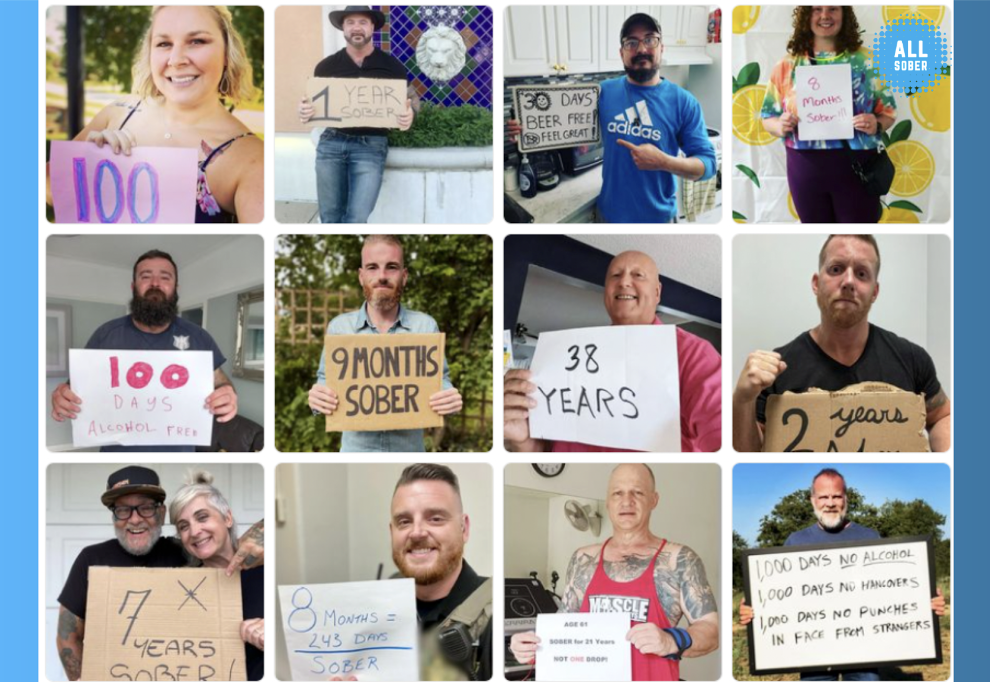
Image courtesy All Sober
Opinions expressed by Digital Journal contributors are their own.
When we look at the data on emerging brands building a community through social media, the numbers show just how difficult it is to achieve growth and authentic engagement. In the past few years, most brands have found that social media marketing is an uphill climb.
According to a study from DigitalMarketingCommunity.com, the median engagement rate on Facebook for all industries is just 0.06%. However, there are exceptions. When we came upon the new addiction recovery platform All Sober, a site that officially launched in May, we were impressed by its social marketing strategy. We saw a growing, and more importantly, engaged community that was rallying behind a new startup. That initial impression was cemented further when we calculated its engagement. It was hovering just under 10% for the week—166 times the median percentage.
A deeper dive showed that this was not an anomaly, nor was it the result of bots or fake engagement. This was a true community buzzing around a common passion, which anyone familiar with the digital marketing space will tell you is becoming increasingly rare. Add to that the fact that All Sober’s platform and apps launched less than six months ago, and it became crystal clear that it had tapped into something very special to achieve this level of explosive growth.
Considering how difficult it can be for new brands to stand out on social media (especially Facebook), we wanted to answer an important question: What is All Sober doing that so many others are not? The answer is surprisingly simple.
What sets All Sober apart is its uncanny ability to elevate human stories and interactions to truly celebrate a very specific audience. Attention is a critical commodity in digital strategy, and the way All Sober has earned this level of lean-in and community participation is by honoring the accomplishments of people in recovery and putting a human face to the achievement of sobriety. For as long as people impacted by addiction have sought out help, the greatest strength of the community has been a strong sense of shared experience.
All Sober taps into that spirit and honors the successes of everyone on the platform. Its Facebook page has become a place for people to celebrate their “soberversaries,” cheering them on and inspiring the community to understand recovery is possible.
All Sober’s success is apparent, especially when compared to other, more established names in the space.
For example, on Sept. 9, All Sober had a post go viral entirely on its own—no ad budget was placed behind the content, and it was driven exclusively by the community. Four days later, the post had garnered 718,000 reactions, 45,500 comments and 16.6 million impressions—organically.
Naturally, this had an impact on the page’s overall engagement for the week. Despite having a fraction of the size of Psychology Today’s Facebook following (7.4 million likes), All Sober (31,000 likes) produced more than triple the engagement of this mental health juggernaut. And while one might think that this is an anomaly caused by a single viral post, All Sober’s outpacing of industry leaders such as Shatterproof (112,000 likes) and In The Rooms (154,000 likes) has been a constant since February 2022.
The difference-maker is coming in the form of positive content marketing and strategic amplification. Here’s what that looks like in practice.
Whether it’s a month of sobriety or 25 years, there is a sense of hopeful celebration that makes these social platforms a place for participants to engage and chime in with their own victories, stories and tips. This inspirational platform has drawn in massive numbers of people who participate every day on the Facebook page, and it is the driving force behind All Sober’s peerless Facebook engagement rate.
All Sober, like any new platform, amplifies content in the interest of gaining new, targeted, quality followers for the brand. But what makes its engagement numbers so remarkable is that none of the content itself is boosted. The organic participation makes All Sober a true innovator in the way recovery and sobriety is discussed online.
“It’s fair to say that most brands, to one degree or another, rely on advertising to help their message stand out,” said John Oates, president of JPO Digital, which works with All Sober’s social media team to grow the brand. “But the normal KPIs with All Sober are starkly better than most other brands that we’ve seen, and I think that is a testament to the quality of the content we’re able to use and the story that the brand is telling.”
“I feel like many brands neglect the value of true storytelling, of really drilling down on what value you can deliver to the people who are viewing your content. All Sober has leaned into that beautifully, and we’ve been able to build a fever-pitch following as a result.”
All Sober’s success on Facebook has inspired the organization to replicate that success on social media platforms like Instagram and Twitter, where it can continue to grow large followings with positive messages of shared hope and inspiration.
All Sober was born after its founders, Paul Gayter and Flora Nicholas, experienced the anguish of addiction firsthand.
“Our loved one’s addiction led us to experience the problems that hundreds of millions of Americans faced daily throughout the addiction-recovery life cycle: searching all over the internet for help and information in times of crisis, for recovery group support, for treatment options, for sober communities and sober life information, and for resources to help them get jobs, among other things,” Nicholas shared.
“During our recovery journey, we recognized that there were major problems at every stage of the addiction and recovery life cycle—that existing solutions for people in need were fragmented, highly specialized, not available on the scale that the problem demands, or nonexistent.”
As a result, Nicholas and Gayter dedicated their lives to changing the narrative and improving the process for people seeking recovery and getting the help they need to navigate addiction.
“The only way of alleviating the constant search for solutions was to bring together everything that people need and house it all in one platform. That inspired us to create All Sober,” Nicholas added. “And while we have many iterations left to implement, I’m proud to say that we built just that—a one-stop shop for addiction treatment , recovery and sober life.”
All Sober is spearheading a movement intended to make sustaining and maintaining sobriety accessible to the people who are impacted by the global epidemic of addiction. Gayter, Nicholas and the leadership team understand better than most what people go through and the types of resources they need for sustained success. Those personal experiences are the inspiration behind building this community and platform around hope, sharing resources, and positive engagement.
All Sober’s unprecedented social media success is a testament to its ability to tap into the inspiring stories of people who proudly celebrate their sobriety, while offering a forum and a wealth of resources for the hundreds of millions of Americans touched by drug and alcohol addiction.
By ending the stigmas associated with drug and alcohol addiction and embracing the community that understands just how common this disease is, All Sober has found a way to achieve enviable engagement numbers via a welcoming and open forum offering hope to those who need it.
To learn more, visit All Sober or Facebook.com/AllSober.
SOCIAL
Snapchat Explores New Messaging Retention Feature: A Game-Changer or Risky Move?

In a recent announcement, Snapchat revealed a groundbreaking update that challenges its traditional design ethos. The platform is experimenting with an option that allows users to defy the 24-hour auto-delete rule, a feature synonymous with Snapchat’s ephemeral messaging model.
The proposed change aims to introduce a “Never delete” option in messaging retention settings, aligning Snapchat more closely with conventional messaging apps. While this move may blur Snapchat’s distinctive selling point, Snap appears convinced of its necessity.
According to Snap, the decision stems from user feedback and a commitment to innovation based on user needs. The company aims to provide greater flexibility and control over conversations, catering to the preferences of its community.
Currently undergoing trials in select markets, the new feature empowers users to adjust retention settings on a conversation-by-conversation basis. Flexibility remains paramount, with participants able to modify settings within chats and receive in-chat notifications to ensure transparency.
Snapchat underscores that the default auto-delete feature will persist, reinforcing its design philosophy centered on ephemerality. However, with the app gaining traction as a primary messaging platform, the option offers users a means to preserve longer chat histories.
The update marks a pivotal moment for Snapchat, renowned for its disappearing message premise, especially popular among younger demographics. Retaining this focus has been pivotal to Snapchat’s identity, but the shift suggests a broader strategy aimed at diversifying its user base.
This strategy may appeal particularly to older demographics, potentially extending Snapchat’s relevance as users age. By emulating features of conventional messaging platforms, Snapchat seeks to enhance its appeal and broaden its reach.
Yet, the introduction of message retention poses questions about Snapchat’s uniqueness. While addressing user demands, the risk of diluting Snapchat’s distinctiveness looms large.
As Snapchat ventures into uncharted territory, the outcome of this experiment remains uncertain. Will message retention propel Snapchat to new heights, or will it compromise the platform’s uniqueness?
Only time will tell.
SOCIAL
Catering to specific audience boosts your business, says accountant turned coach

While it is tempting to try to appeal to a broad audience, the founder of alcohol-free coaching service Just the Tonic, Sandra Parker, believes the best thing you can do for your business is focus on your niche. Here’s how she did just that.
When running a business, reaching out to as many clients as possible can be tempting. But it also risks making your marketing “too generic,” warns Sandra Parker, the founder of Just The Tonic Coaching.
“From the very start of my business, I knew exactly who I could help and who I couldn’t,” Parker told My Biggest Lessons.
Parker struggled with alcohol dependence as a young professional. Today, her business targets high-achieving individuals who face challenges similar to those she had early in her career.
“I understand their frustrations, I understand their fears, and I understand their coping mechanisms and the stories they’re telling themselves,” Parker said. “Because of that, I’m able to market very effectively, to speak in a language that they understand, and am able to reach them.”Â
“I believe that it’s really important that you know exactly who your customer or your client is, and you target them, and you resist the temptation to make your marketing too generic to try and reach everyone,” she explained.
“If you speak specifically to your target clients, you will reach them, and I believe that’s the way that you’re going to be more successful.
Watch the video for more of Sandra Parker’s biggest lessons.
SOCIAL
Instagram Tests Live-Stream Games to Enhance Engagement

Instagram’s testing out some new options to help spice up your live-streams in the app, with some live broadcasters now able to select a game that they can play with viewers in-stream.
As you can see in these example screens, posted by Ahmed Ghanem, some creators now have the option to play either “This or That”, a question and answer prompt that you can share with your viewers, or “Trivia”, to generate more engagement within your IG live-streams.
That could be a simple way to spark more conversation and interaction, which could then lead into further engagement opportunities from your live audience.
Meta’s been exploring more ways to make live-streaming a bigger consideration for IG creators, with a view to live-streams potentially catching on with more users.
That includes the gradual expansion of its “Stars” live-stream donation program, giving more creators in more regions a means to accept donations from live-stream viewers, while back in December, Instagram also added some new options to make it easier to go live using third-party tools via desktop PCs.
Live streaming has been a major shift in China, where shopping live-streams, in particular, have led to massive opportunities for streaming platforms. They haven’t caught on in the same way in Western regions, but as TikTok and YouTube look to push live-stream adoption, there is still a chance that they will become a much bigger element in future.
Which is why IG is also trying to stay in touch, and add more ways for its creators to engage via streams. Live-stream games is another element within this, which could make this a better community-building, and potentially sales-driving option.
We’ve asked Instagram for more information on this test, and we’ll update this post if/when we hear back.
-

 PPC7 days ago
PPC7 days ago19 Best SEO Tools in 2024 (For Every Use Case)
-
SEARCHENGINES6 days ago
Daily Search Forum Recap: April 19, 2024
-

 WORDPRESS7 days ago
WORDPRESS7 days agoHow to Make $5000 of Passive Income Every Month in WordPress
-

 SEO7 days ago
SEO7 days ago25 WordPress Alternatives Best For SEO
-

 MARKETING6 days ago
MARKETING6 days agoBattling for Attention in the 2024 Election Year Media Frenzy
-

 WORDPRESS5 days ago
WORDPRESS5 days ago13 Best HubSpot Alternatives for 2024 (Free + Paid)
-

 WORDPRESS6 days ago
WORDPRESS6 days ago7 Best WooCommerce Points and Rewards Plugins (Free & Paid)
-

 MARKETING7 days ago
MARKETING7 days agoTinuiti Marketing Analytics Recognized by Forrester






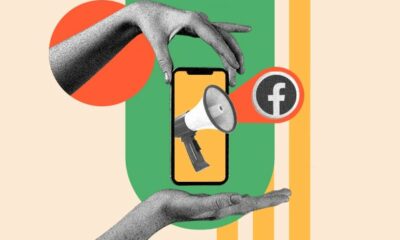

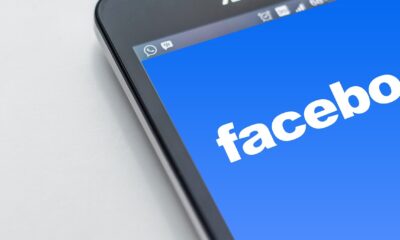

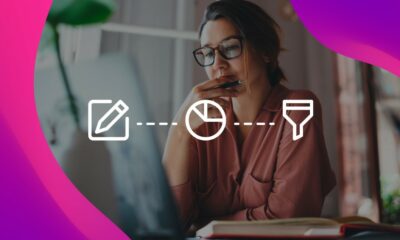

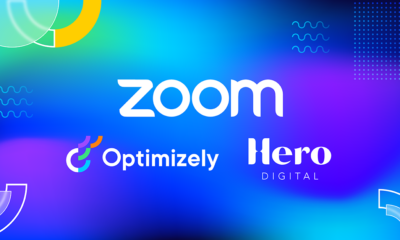



You must be logged in to post a comment Login